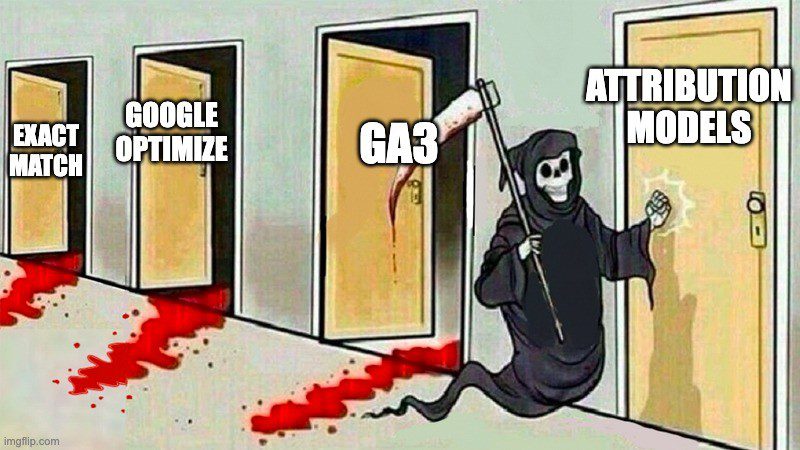Understanding Real-Time Data Analytics
Real-Time Data Analytics refers to the process of collecting, processing, and analyzing data as it is generated, enabling immediate insights and decision-making. Unlike traditional batch processing, which analyzes data after it has been stored, real-time analytics allows organizations to respond instantly to changing conditions, enhancing agility and responsiveness.
Example in a Sentence:
By implementing real-time data analytics, the company was able to detect and address system anomalies within seconds, minimizing downtime and improving customer satisfaction.

Why Real-Time Data Analytics Matters
In today’s fast-paced digital environment, the ability to analyze data in real time is crucial for maintaining a competitive edge. Here’s why it is essential:
- Immediate Decision-Making: Allows organizations to make swift decisions based on the most current data.
- Enhanced Customer Experience: Enables personalized interactions by analyzing customer behavior as it happens.
- Operational Efficiency: Identifies and addresses issues promptly, reducing downtime and improving processes.
- Competitive Advantage: Provides insights that can lead to innovative strategies and offerings.
Best Practices
1. Implement Stream Processing Technologies
Utilize tools like Apache Kafka or Apache Flink to handle and process data streams efficiently.
2. Integrate with Existing Systems
Ensure real-time analytics solutions are compatible with current databases and applications for seamless data flow.
3. Focus on Data Quality
Establish protocols to maintain high-quality data, as real-time decisions depend on accurate information.
4. Prioritize Security and Compliance
Implement robust security measures to protect sensitive data and comply with relevant regulations.
5. Train Staff Accordingly
Provide training for employees to interpret real-time data insights effectively and make informed decisions.
More Definitions
(From the Sales & Marketing Jargon Encyclopedia)
- Predictive Analytics – The use of statistical techniques and machine learning algorithms to predict future outcomes based on historical data.
- Data-Driven Marketing – A marketing approach that relies on data analysis to guide strategy and decision-making.
- Behavioral Segmentation – Dividing a market into segments based on consumer behaviors, such as purchasing habits or product usage.
- Customer Journey Mapping – The process of creating a visual representation of a customer’s interactions with a brand across various touchpoints.
Useful Posts
(From the Sales Funnel Professor Blog)
👉 Leveraging Real-Time Data for Enhanced Customer Engagement
Explore strategies to utilize real-time data analytics to boost customer engagement and satisfaction.
👉 Real-Time Analytics: Transforming Business Operations
Discover how real-time analytics is revolutionizing business operations across various industries.












